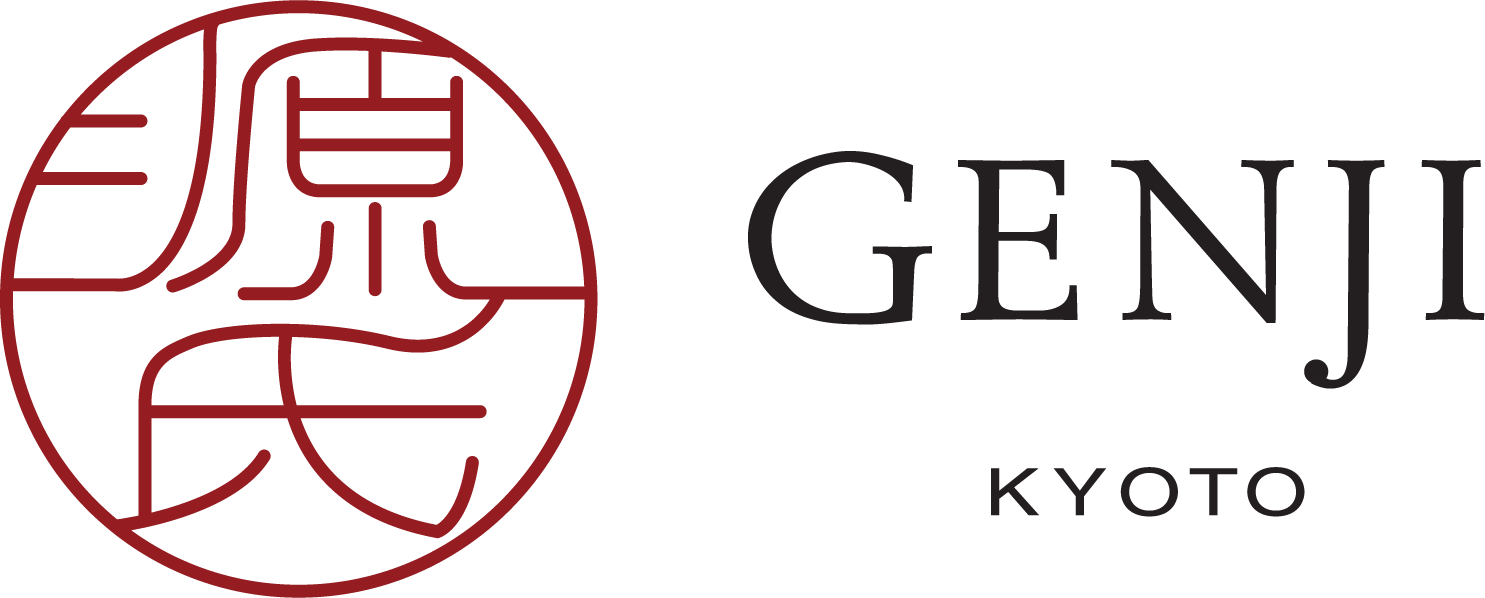When in Kyoto, Kappo or Kaiseki?
What is the difference between Kaiseki (懐石) and Kappo (割烹)? This is one of the most frequently asked questions about Japanese cuisine. Not much is written about this subject, and most of the information on the internet refers to only one aspect or other. We also find it hard to answer, so we asked our good friend in Kyoto's Gion neighborhood, Ryuta Sakamoto, who is a second generation chef owner of Kappo Sakamoto. This is what he said:
"Kaiseki and kappo refer to different serving styles. At a kaiseki restaurant, you have a multi-course meal served to you in a private room, with all the dishes made in the kitchen somewhere behind. This is the most traditional style originally based on the tea ceremony.
Ryuta Sakamoto, second generation chef owner of Kappo Sakamoto in Gion, Kyoto.
At a kappo, which literally means cutting and simmering, customers can order a la carte dishes made with seasonal ingredients. Once they indicate what they like, the chef will cook from scratch right in front of front of them behind the counter. This Kappo style started in Osaka with the opening of Hamasaku in 1924. In 1927 it moved to Kyoto, where it is now run by the third generation master chef."
Chef finds out what customers like and cooks behind counter in an open kitchen.
View of green willows and sakura blossoms along Shirakawa Canal from Kappo Sakamoto.
Thank you, Sakamoto-san, for throwing in a bit of history for us!
But we notice that some kappos are also offering set menus, same as in kaiseki restaurants...
"It is true that kappos have started serving omakase, or chef's choice, course menus. This is because customers these days come from all over Japan or even the world. They don't always know what are the local specialties, what ingredients are seasonal, or what cooking methods are best for the ingredients.
Hana Sansho pepper, a unique Japanese seasonal ingredient.
Hana Sansho Nabe, a spring signature dish at Kappo Sakamoto.
"Chef choices are created to help customers enjoy food cooked and presented in the best possible way. In our case, we don't have set menus but offer omakase choices in different price range, and that way we can work within the customers' budget. Most importantly, we try to learn the tastes and preferences of our customers, and this knowledge grows with their every visit."
Vegetarian dish made with seasonal Kyoto vegetables.
“Crispy sushi in a bowl” - signature dish at Kappo Sakamoto.
It's all becoming clear now...but just one last question: how is kappo different from izakaya (居酒屋), where dishes can be ordered a la carte and sometimes at a counter too?
"Izakayas are mainly drinking places, serving a wider range of simple dishes at a lower price range," says Sakamoto, who prefers wine bars himself, and has quite a few haunts that he visits with his chef friends after work! We'll ask him for some recommendations next time.
